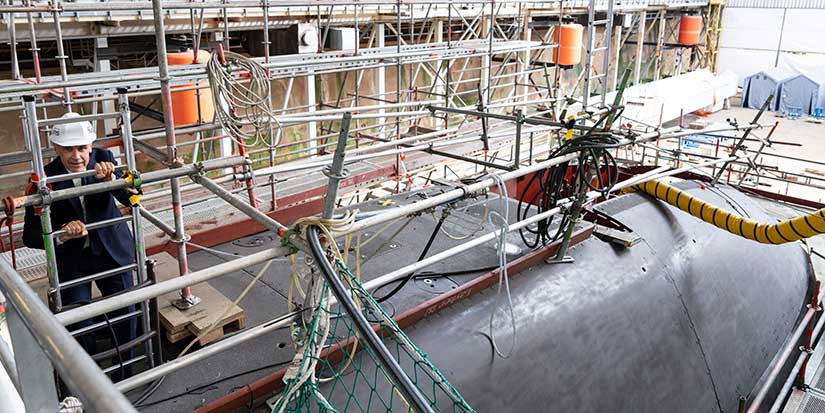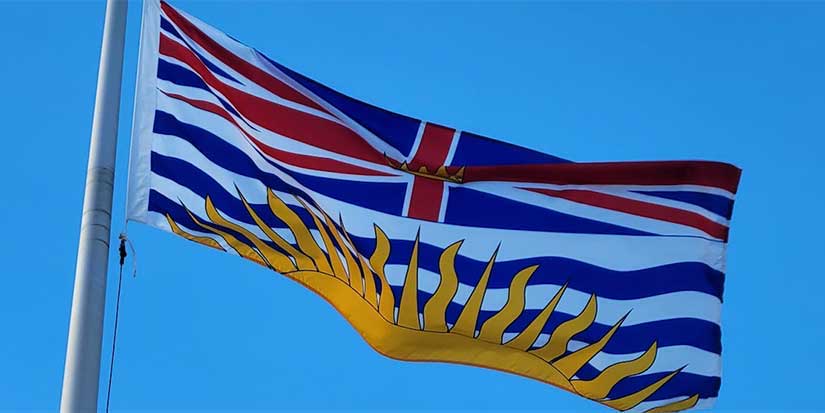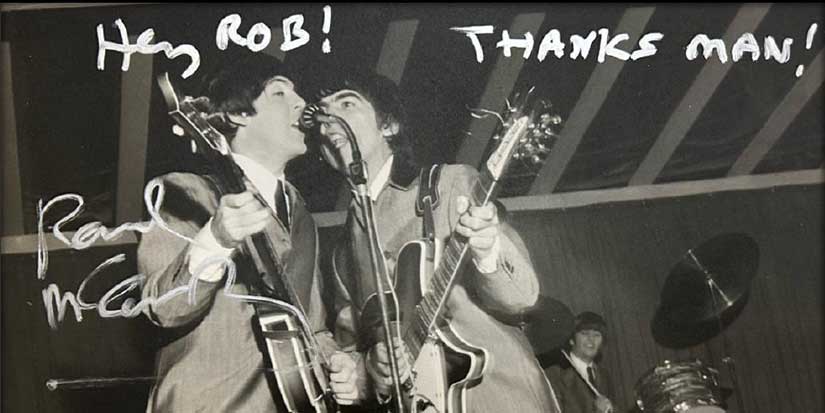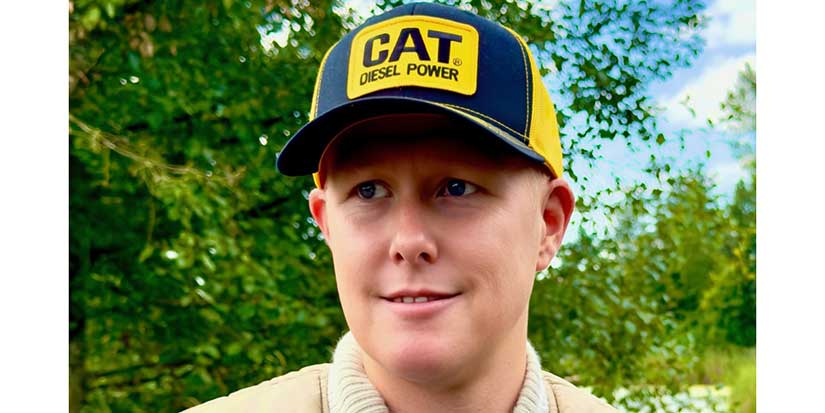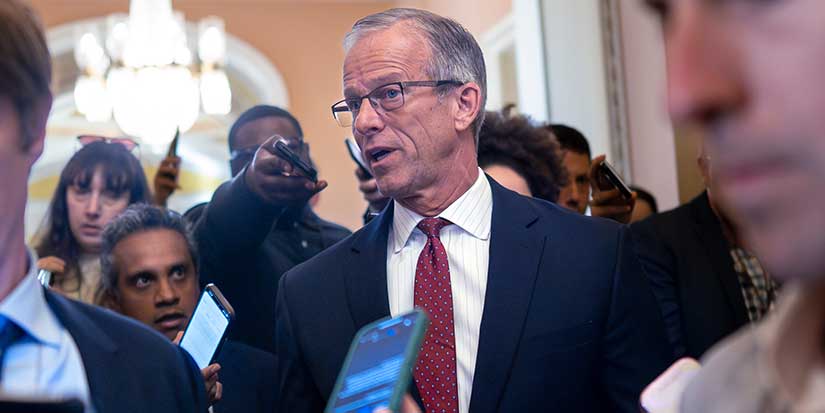National News
Germany, Norway on charm offensive in Ottawa as Canada shops for new subs
Published 10:42 PDT, Tue October 21, 2025
Last Updated: 2:40 PDT, Tue October 21, 2025
—
Germany's defence minister Boris Pistorius said Tuesday that if Canada joins its submarine partnership with Norway, the three countries could pool shipyard resources and parts.
"Our collaboration would range from sharing shipyards, and logistics on both sides of the Atlantic, to exchanging our crews, and even in the Indo-Pacific," he said.
The defence ministers from Germany and Norway — partner nations in purchasing the first 212CD submarines from ThyssenKrupp Marine Systems — were in Ottawa this week on a charm offensive promoting the vessels as the bidding on Canada's own sub contract heats up.
Pistorius talked up the benefits of a cooperative submarine alliance as he made his sales push in Ottawa in support of ThyssenKrupp Marine, the German firm which is bidding for Canada's lucrative submarine contract.
He said while the competition may make a cheaper offer, the German bid includes a "reliable partnership for the decades to come when it comes to North Atlantic co-operation.”
His visit came just days ahead of Prime Minister Mark Carney's planned trip to Asia, where he is expected to visit the South Korean shipyard operated by rival bidder Hanwha.
Carney visited ThyssenKrupp Marine's submarine pen in Kiel, Germany on Aug. 26.
The German and Norwegian defence ministers met with a parade of cabinet ministers this week.
On Monday, they met with Industry Minister Mélanie Joly and Defence Minister David McGuinty. On Tuesday they spoke with Natural Resources Minister Tim Hodgson.
They also met with Stephen Fuhr, the secretary of state in charge of defence procurement.
Pistorius said Germany is "very much interested in co-operating" with Canada "in terms of raw materials, about hydro energy, about LNG," and in procuring aircraft and software from Canadian firms.
"There are several fields of co-operation which we are exploring at the moment together with our Canadian friends," he said.
He also said that if Canada wants it, ThyssenKrupp Marine could build some of the 212CD subs, or parts for them, domestically.
"If Canada, decides to … want to produce on its own, on its own territory, from which point of time ever, then this is possible, too," he said.
Canada has only four submarines and they're set to be retired from service by 2035, making the major procurement project a priority for the government as it rushes to find replacements.
ThyssenKrupp Marine has said it can beat Canada’s tight 2035 deadline for its first sub delivery.
Hanwha, meanwhile, has sought to leverage its massive shipyard capacity by proposing an aggressive delivery schedule.
Hanwha says it can build four KSS-III submarines by 2035, with the first delivered in 2032, then send Canada a new sub every year after the initial four are delivered, making for a full fleet of 12 by 2043.
ThyssenKrupp Marine and its partner governments have emphasized the interoperability benefits of operating subs that are also used by NATO allies.
Norway's Defence Minister Tore Sandvik said his country and Germany collectively maintain their matching sub fleets.
"We can stockpile together in crisis and war," he said.
He also said Norway has been preparing a submarine maintenance site at Naval Base Haakonsvern and has offered to share those designs so that Canada can build a facility of its own, which would shorten delivery times and get maintenance up and running faster.
"We said to Canada, to shorten their time to be ready, also to build the maintenance sites, they can have a blueprint … (so as) not to invent the wheel again, which is of high value," Sandvik said.
Deloitte's Daniel Kerry, who worked on the U.K.'s submarine program, previously told The Canadian Press that a fleet of new submarines is possibly the most expensive and complicated thing National Defence will ever buy.
"It's essentially a space rocket underwater — so, incredibly complicated — and that comes with a significant amount of risks, not just in the buy, design and build, but then in the operating," he said.
"Canada is going to have these fleets for 40 to 50 years once they go through the procurement, so it is not going to be a decision that you're going to take likely."
– Kyle Duggan, The Canadian Press
